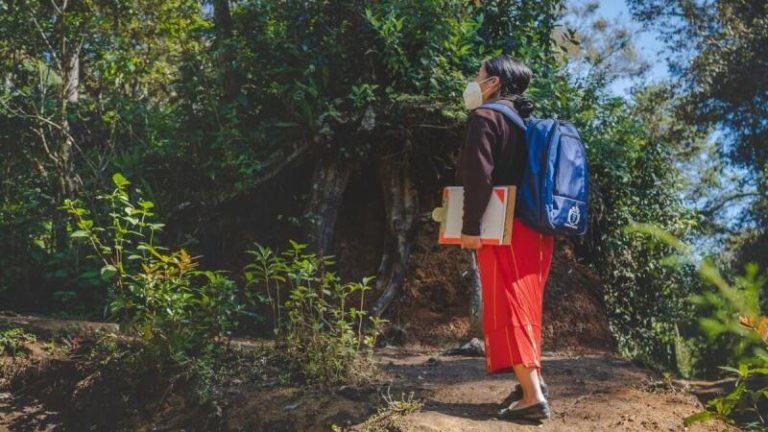By Elizabeth Bocaletti, Carolyn Boyce, Glendy De Leon, Rudo Kashiri, Ana Maria Us and Goldy Mazia for Save the Children. Photo credits: Save the Children.
The national neonatal mortality rate (NMR) in Guatemala remains stagnant at 18 per 1,000 live births and represents 60% of the infant mortality. Preterm birth, intrapartum-related complications (birth asphyxia or lack of breathing at birth), infections and birth defects cause most neonatal deaths . Maternal and child health is significantly worse in the Western Highlands. The regions of Huehuetenango, Totonicapán and Quiché with a predominantly indigenous Mayan population have an NMR that is significantly higher than the national average.
This photo essay highlights Johnson & Johnson Foundation’s and Save the Children’s Improving Newborn Survival Project (INSP) (January 2019 to December 2021) in Quiché, Guatemala, which works to enhance the capabilities of frontline health workers, including auxiliary nurses and traditional birth attendants, and strengthen the provision and quality of newborn and maternal care.

